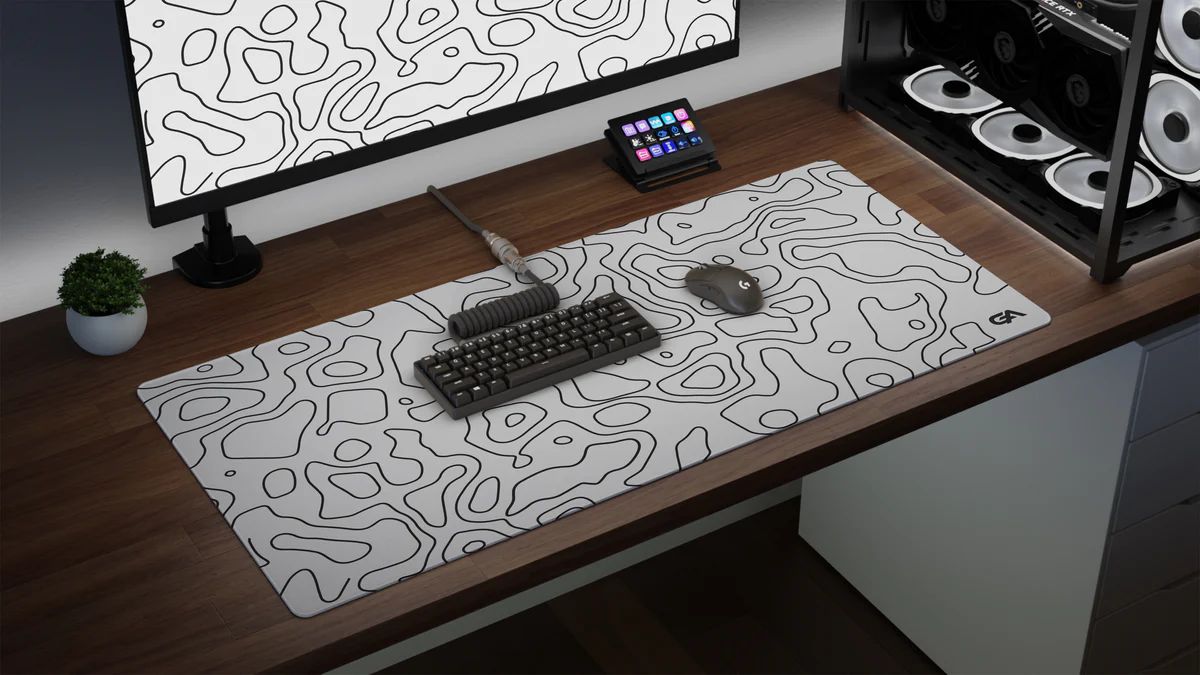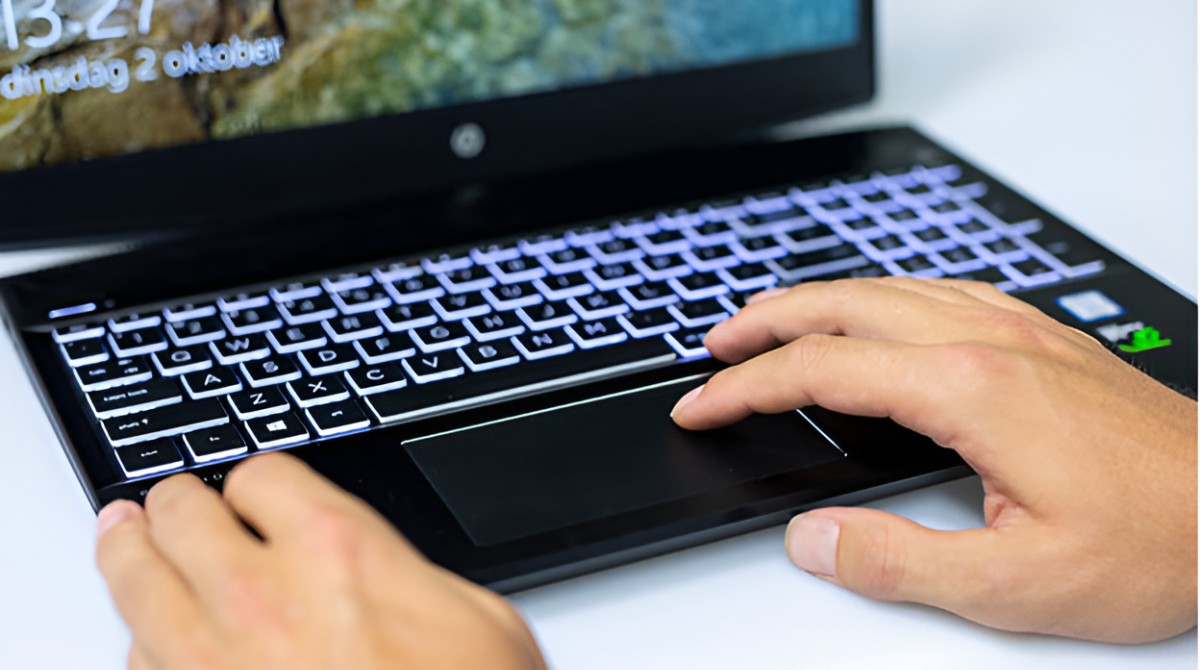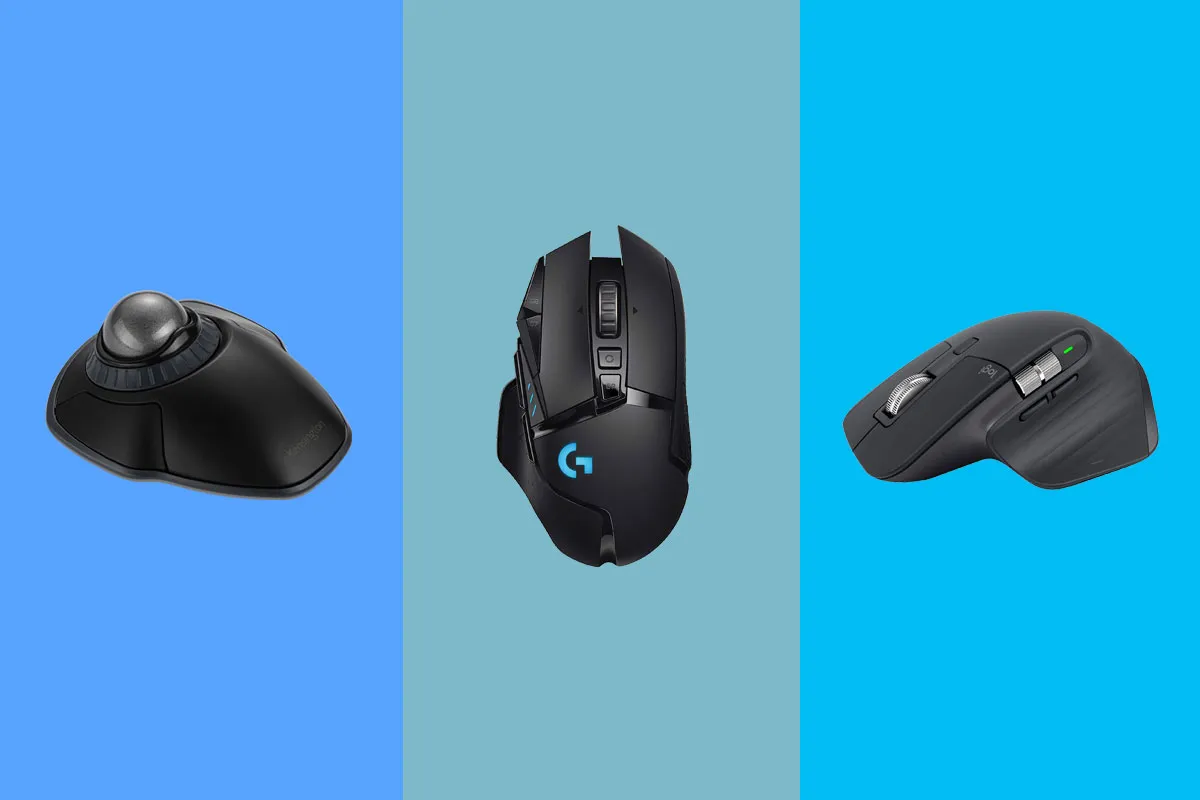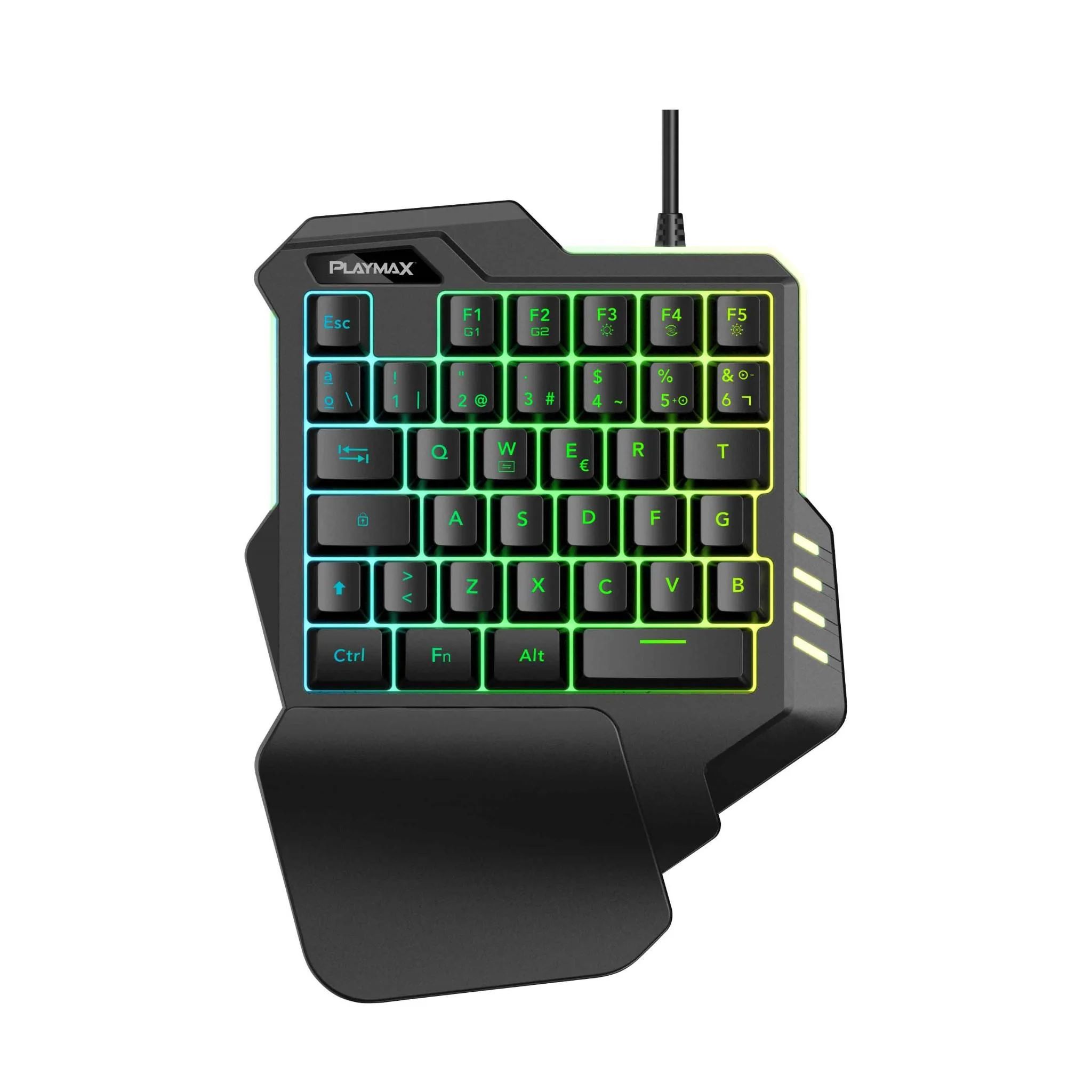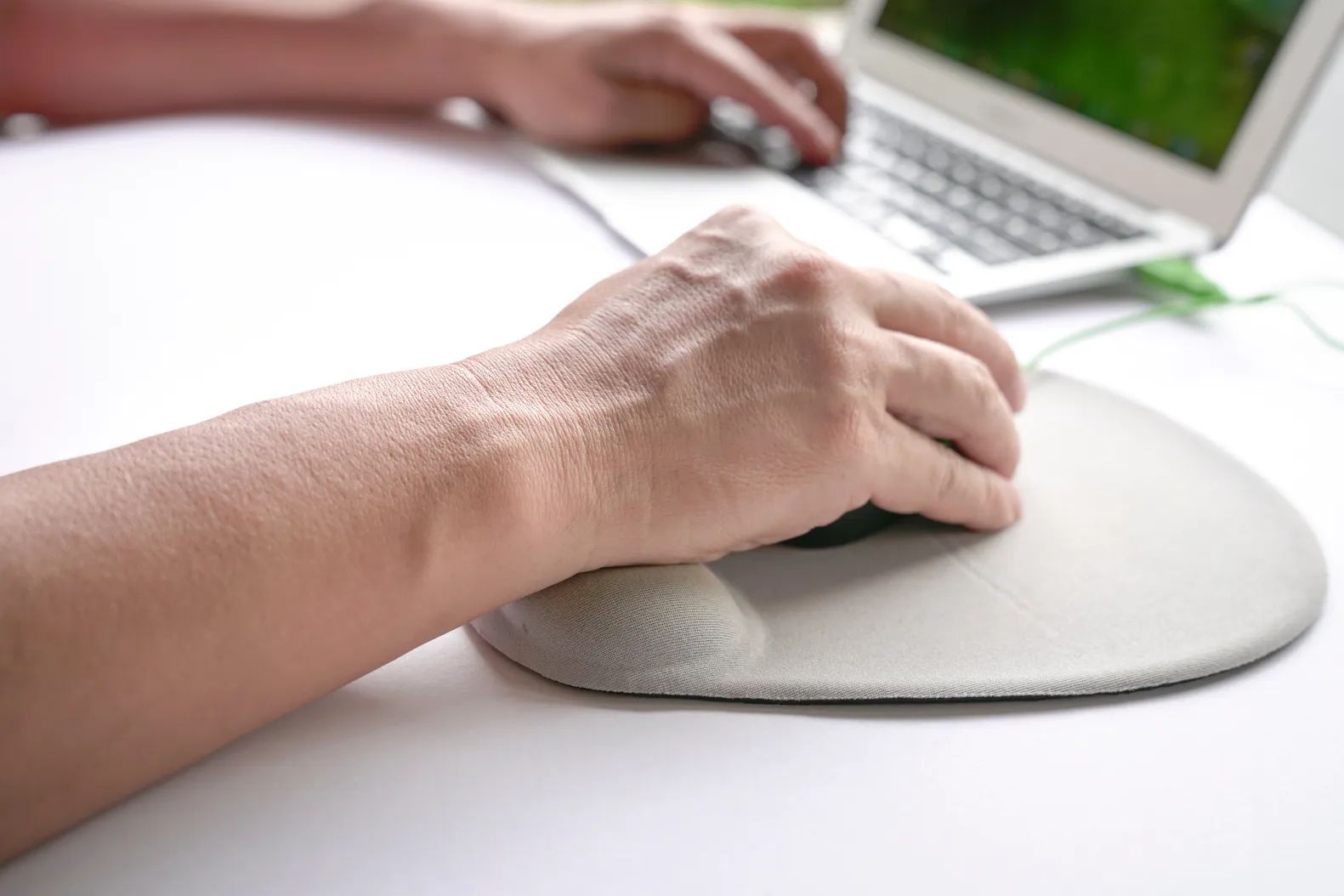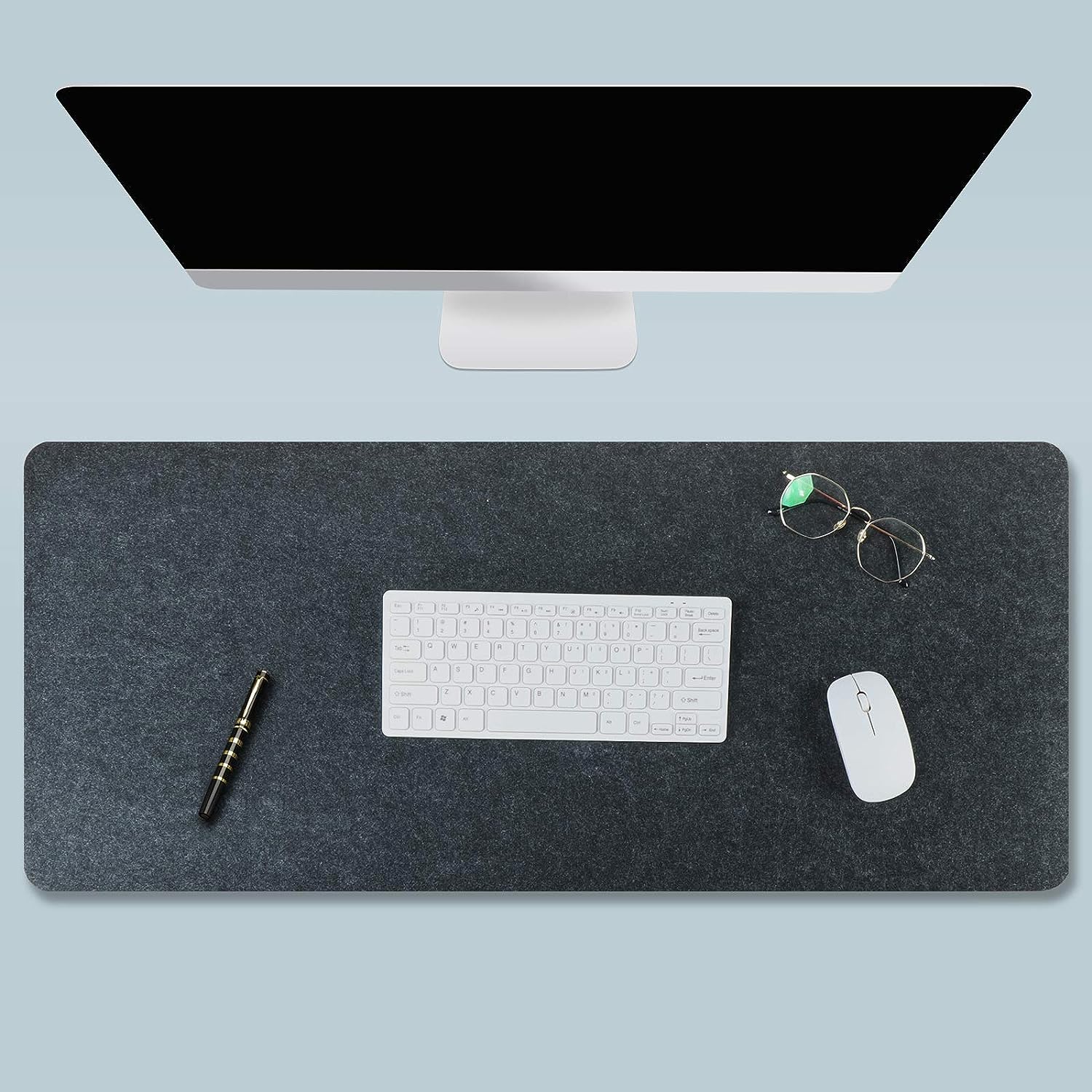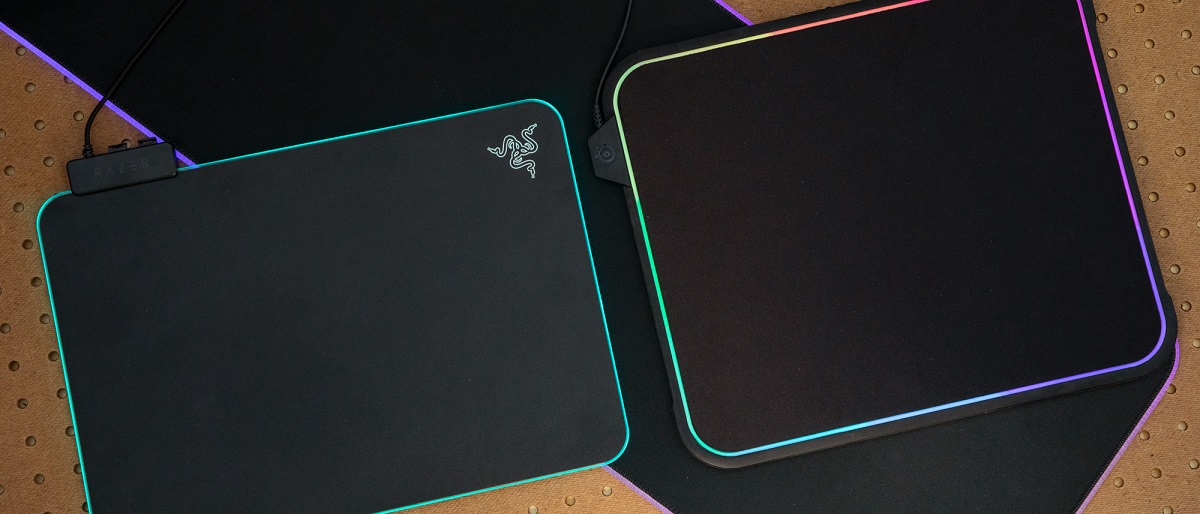Introduction
Introduction
Are you experiencing issues using your mouse pad on your laptop? It can be frustrating when your mouse pad, also known as a touchpad, isn't functioning as expected. In this article, we'll explore the reasons behind this problem and provide troubleshooting tips to help you resolve it.
The mouse pad is an essential component of a laptop, allowing users to navigate the interface without an external mouse. However, various factors can lead to its malfunction. By understanding the nature of these issues and learning how to address them, you can regain full functionality of your laptop's mouse pad.
Stay tuned as we delve into the intricacies of mouse pad functionality and explore the common reasons why it may not be working as intended. Whether it's unresponsive to touch or exhibiting erratic behavior, we'll equip you with the knowledge to troubleshoot and resolve these issues effectively. Let's embark on this journey to uncover the mysteries of the laptop mouse pad and restore seamless functionality to your computing experience.
What is a Mouse Pad?
A mouse pad, also referred to as a touchpad, is a built-in input device on laptops that serves as a substitute for an external mouse. It is a flat, touch-sensitive surface located below the keyboard, allowing users to control the cursor and execute various commands by moving their fingers across it. The mouse pad is equipped with gesture recognition capabilities, enabling users to perform functions such as clicking, scrolling, and zooming without the need for additional peripherals.
Modern touchpads are designed with advanced features, including multi-touch support, palm rejection technology, and customizable settings to enhance user experience. They have become an integral part of laptop usability, providing convenience and versatility for navigating the operating system and interacting with applications.
Furthermore, the mouse pad’s responsiveness and precision are crucial for executing tasks efficiently. Whether it’s drafting documents, browsing the web, or engaging in creative endeavors, the smooth operation of the touchpad contributes significantly to overall productivity. Understanding the functionality and capabilities of the mouse pad is essential for troubleshooting any issues that may arise, ensuring that users can leverage this input device to its full potential.
As we delve deeper into the intricacies of laptop touchpads, we’ll gain insight into their underlying mechanisms and the factors that can impede their functionality. By comprehending the fundamental role of the mouse pad, users can effectively address any challenges related to its operation, thereby optimizing their computing experience.
Reasons Why You Can’t Use Your Mouse Pad
Several factors can contribute to the malfunctioning of a laptop’s mouse pad, impeding its responsiveness and usability. Understanding these reasons is crucial for effectively diagnosing and resolving touchpad issues. Here are some common causes that may prevent you from using your mouse pad:
- Driver Issues: Outdated or corrupt touchpad drivers can hinder the proper functioning of the mouse pad. Driver conflicts or compatibility issues with the operating system may result in erratic behavior or complete unresponsiveness of the touchpad.
- Hardware Problems: Physical damage to the touchpad, such as moisture exposure or impact, can lead to malfunctions. Loose connections, worn-out components, or sensor irregularities may also contribute to the inability to use the mouse pad.
- Settings Misconfiguration: Inadvertent changes to touchpad settings or disabled features can render the mouse pad unusable. Accidental keystrokes or system updates may alter the configuration, affecting the sensitivity and functionality of the touchpad.
- Software Glitches: Operating system bugs, conflicts with third-party software, or system updates can introduce software glitches that impact the performance of the mouse pad. These issues may manifest as unresponsive gestures, cursor freezing, or unexpected behavior during touchpad interactions.
- Power Management: Power-saving settings or battery optimization features can affect the touchpad’s operation. In some cases, the touchpad may be disabled to conserve power, leading to the inability to use it until the power settings are adjusted.
By identifying the underlying reasons behind touchpad malfunctions, users can take targeted steps to address these issues and restore the full functionality of their laptop’s mouse pad. The troubleshooting process involves a systematic approach to rule out potential causes and implement appropriate solutions, ensuring a seamless user experience with the touchpad.
How to Troubleshoot Mouse Pad Issues
When encountering problems with your laptop’s mouse pad, it’s essential to follow a systematic troubleshooting process to identify and resolve the underlying issues. Here are steps to help you troubleshoot touchpad problems effectively:
- Update Touchpad Drivers: Ensure that your touchpad drivers are up to date. Visit the manufacturer’s website or use the device manager to check for driver updates and install them if available.
- Check Hardware Connections: Inspect the physical condition of the touchpad and its connections to the motherboard. Ensure that there is no damage or loose wiring that could affect its functionality.
- Adjust Touchpad Settings: Access the touchpad settings in your operating system’s control panel or settings menu. Verify that the touchpad is enabled and customize the sensitivity and gesture settings to your preference.
- Scan for Software Issues: Run a comprehensive antivirus scan to detect and eliminate any malware or potentially unwanted programs that may be affecting the touchpad’s performance.
- Perform System Updates: Check for and install any pending operating system updates. These updates may include patches and fixes for touchpad-related issues.
- Disable Power-Saving Features: Adjust power management settings to prevent the touchpad from being disabled to conserve power. Ensure that the touchpad remains active even when the system is running on battery power.
- Utilize System Restore: If touchpad issues arose after a recent system change or update, consider using the system restore feature to revert the system to a previous state when the touchpad was functioning correctly.
- Seek Professional Assistance: If the troubleshooting steps do not resolve the touchpad issues, consider seeking assistance from a certified technician or the laptop’s manufacturer for further diagnosis and repair.
By systematically addressing each potential cause of touchpad malfunctions, users can effectively troubleshoot and resolve issues, restoring the full functionality of their laptop’s mouse pad. Following these steps empowers users to regain control over the touchpad and enjoy a seamless computing experience.
Conclusion
Understanding the intricacies of a laptop’s mouse pad and the potential reasons behind its malfunction is essential for users seeking to resolve touchpad issues. By recognizing the impact of driver issues, hardware problems, settings misconfiguration, software glitches, and power management on touchpad functionality, individuals can approach troubleshooting with a targeted and systematic mindset.
Moreover, the ability to navigate touchpad-related challenges through proactive troubleshooting steps empowers users to regain control over this integral input device. By updating drivers, inspecting hardware connections, adjusting settings, scanning for software issues, and staying abreast of system updates, individuals can effectively address touchpad malfunctions and restore seamless functionality to their computing experience.
Ultimately, the mouse pad plays a pivotal role in enhancing user productivity and interaction with the laptop’s operating system and applications. By leveraging the insights and troubleshooting techniques outlined in this article, individuals can overcome touchpad issues and optimize their computing experience, ensuring that the touchpad operates reliably and efficiently.
As technology continues to evolve, the touchpad remains a fundamental component of the laptop, offering intuitive navigation and control. By equipping users with the knowledge and strategies to troubleshoot touchpad issues, this article aims to empower individuals to overcome challenges and make the most of their laptop’s touchpad, fostering a seamless and productive computing environment.







